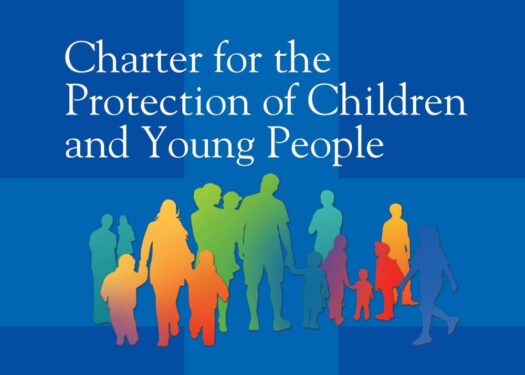
WASHINGTON — In 2002, the U.S. bishops responded to a wave of media reports of clergy abuse of minors by developing a national policy to oust predators and protect children.
The bishops set up a comprehensive set of procedures, still in place today, called the “Charter for the Protection of Children and Young People,” more commonly known as the Dallas Charter since it was approved by the U.S. bishops at their spring meeting in Dallas.
That meeting was just five months after The Boston Globe began publishing articles about clergy sexual abuse and its alleged systemic coverup by Church officials. Those stories prompted victims across the country to come forward with allegations of abuse they had experienced that put the Church’s crisis in the national spotlight.
The bishops’ charter outlined how Church leaders would provide a safe environment for children and young people in Church-sponsored activities. It established uniform procedures for handling sex-abuse allegations and adopted a “zero tolerance” policy of abuse.
It also required background checks and training in child protection for Church employees and required dioceses facing allegations made about priests or other Church workers to alert authorities, conduct an investigation, and remove the accused person from duty.
The Charter also included guidelines for reconciliation, healing, accountability, and prevention of future acts of abuse. It has been revised three times: in 2005, 2011, and 2018.
In 2002, the bishops also established a lay-run National Review Board to monitor compliance with the Charter and they formed a national Office for Child and Youth Protection. Every year the Review Board examines progress of the Charter and recommends areas where the Church can improve its efforts.
To implement the goals of the Charter, the Diocese of Brooklyn opened the Safe Environment Office in 2004 that ensured that anyone involved in Church ministries took the Virtus Program, a training awareness program that teaches how to recognize any signs of sexual abuse.
The diocesan Safe Environment Office has also been coordinating background checks on all employees and volunteers and administering codes of pastoral conduct to serve as guidelines for pastoral activity.
In 2021, the Diocese of Brooklyn expanded this important ministry by creating the Office for the Protection of Children and Young People. The office serves as an umbrella to oversee the Safe Environment Office, the Office of Victim Assistance Ministry, and a newly created supervisory role aimed at ensuring transparency in the management of any allegation of sexual misconduct.
A key part of the new office involved hiring someone responsible for monitoring priests who have been removed from ministry. Then-Bishop Nicholas DiMarzio said this new office would enhance the strong programs the diocese already has in place.
“The Diocese of Brooklyn has worked hard to implement the requirements of the Dallas Charter since 2002 and has been nationally recognized for its robust Victim Assistance Ministry,” Bishop DiMarzio said at the time. “This move will solidify our ability to continue to provide safe environments for the faithful of the Diocese of Brooklyn and pastoral care for survivors of abuse.”
In 2004, Bishop DiMarzio set up a telephone hotline for anyone to report allegations of sexual abuse by a clergy member. The diocese’s confidential reporting line connects directly to law enforcement authorities.
Each year, Bishop DiMarzio, and now Bishop Robert Brennan, celebrate a Mass of Hope and Healing with survivors and their loved ones.
The diocesan Victim Assistance Ministry provides a number of services including paying the cost of therapy for sex abuse survivors and offering support groups for survivors.
